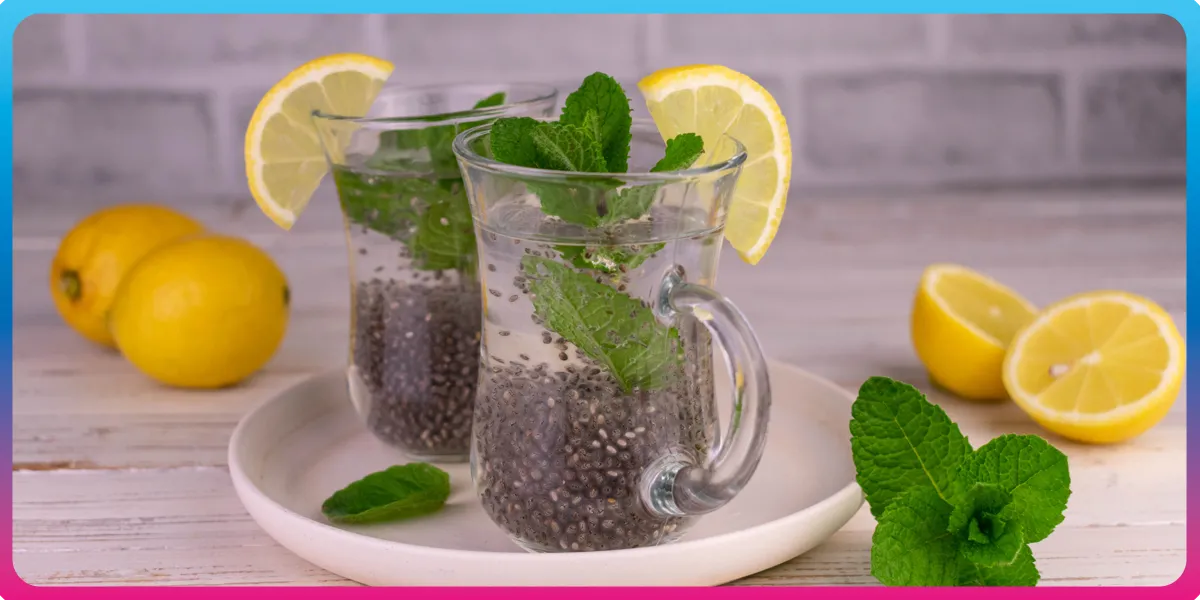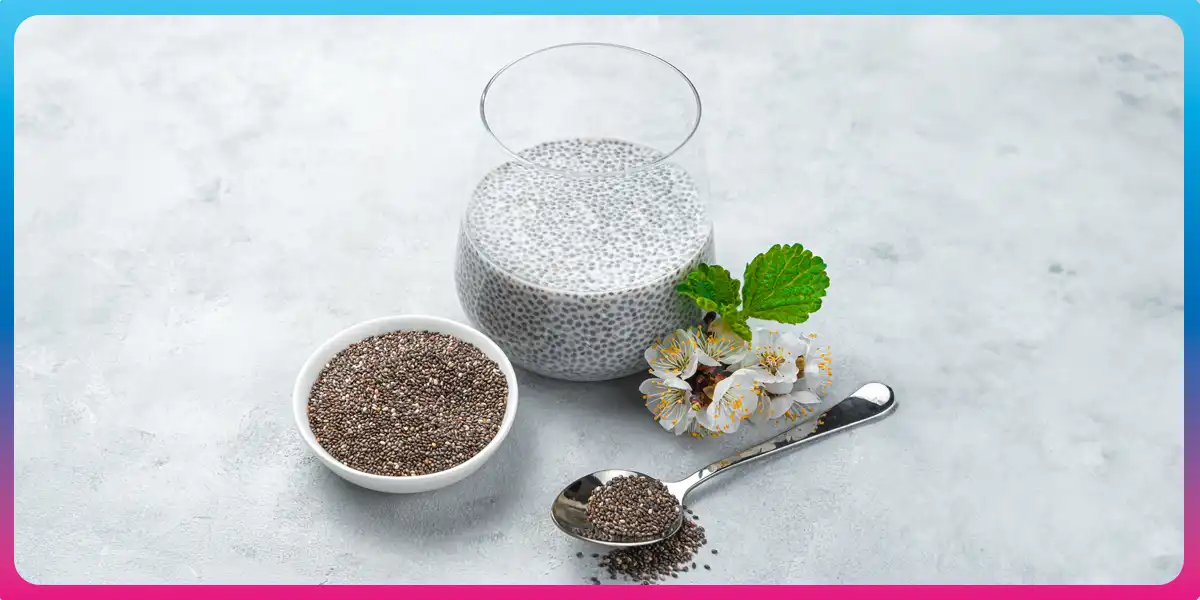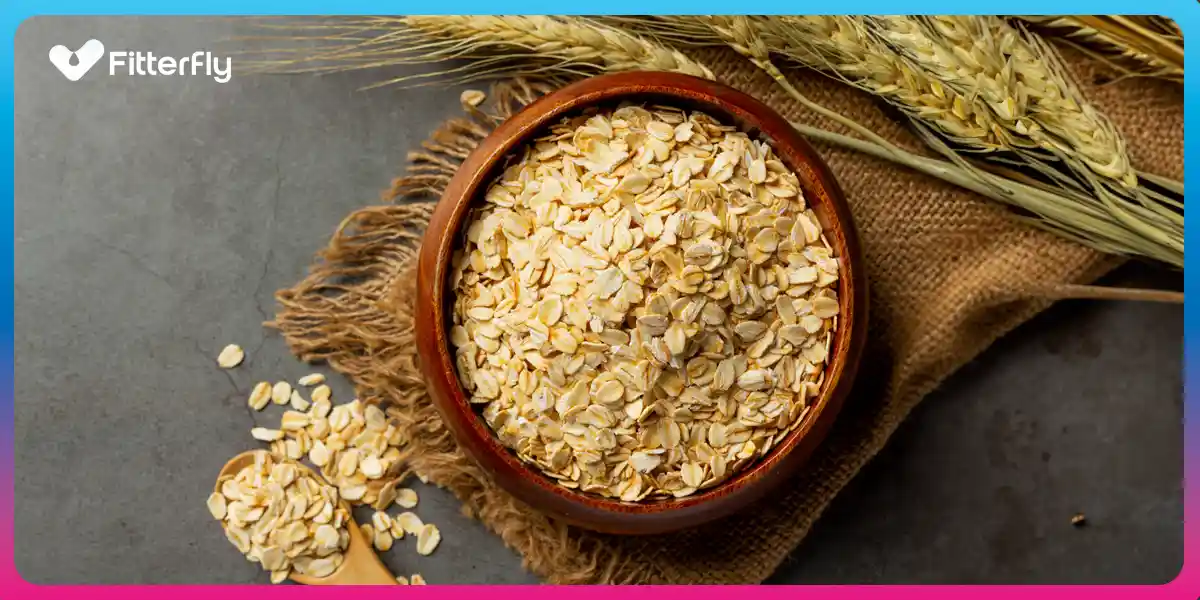Is Salt Good for Health?
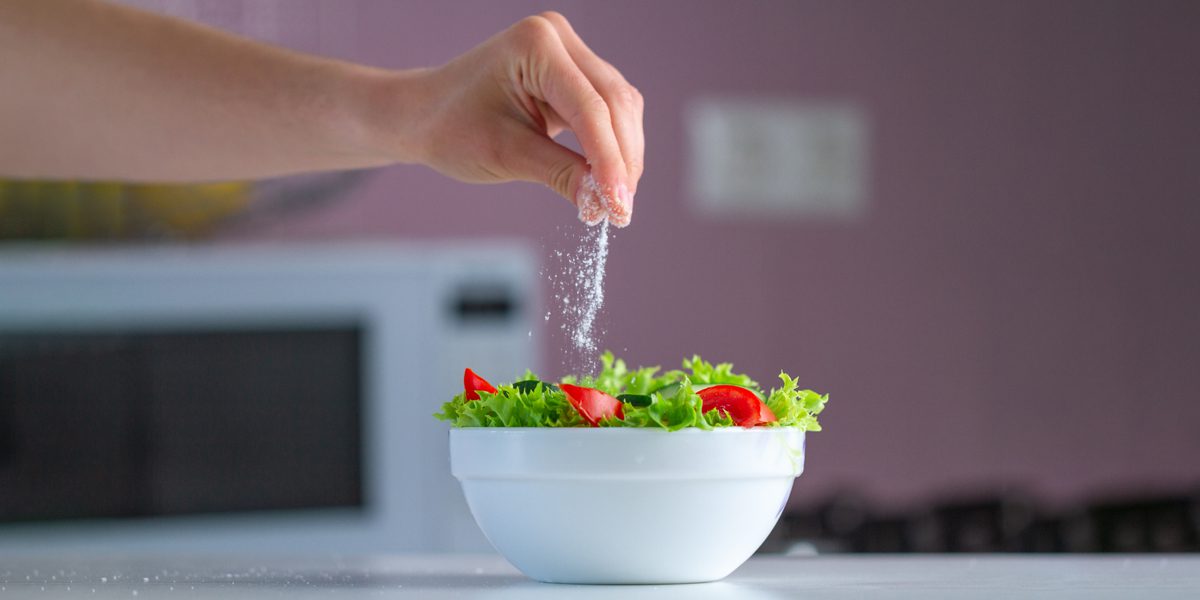
What is salt?
Imagine this – there is a delicious plate of rajma chawal or a crisp masala dosa with an army of chutney next to it or a cheese burst thin crust pizza whose aroma can transport you to Italy!
Oooh! Salivating? We too! 😜
Now, you take a giant bite of one of these aaaaand!
IT DOESN’T HAVE SALT!
Oh no, What a bummer! Isn’t it?
We already know how bland any food can taste without salt. It is that single ingredient in a savoury dish that can totally make it or break it! Add it in the right quantity, and you have a masterpiece. Add it less or more, and you have a disaster to eat!
Typically, the word ‘salt’ refers to the white crystalline substance called sodium chloride that is used to season food and as a preservative.
In recent times, there has been a lot of chatter about adding less salt to our diet and switching to alternatives of the normal table salt and lots more. So, this brings us to the burning question- “Is salt good for health?”
To answer that question, first, let’s see what is WHO’s (World Health Organization) take on this is – just to give you a perspective.
But How Much Salt Per Day is OK?
The WHO recommended salt intake per day per person for healthy adults must consume less than 5 gm (just under a teaspoon).
Yes, you read that right – 5 grams per adult!!
The organisation recommends adjusting the salt intake for children between 2 and 15 years based on their energy requirements.
It is recommended to consume iodised salt, especially for growing children and pregnant and lactating women, as iodine is essential for the healthy brain development of the unborn child and young children.
While people with mild hypertension can consume the same amount of salt as healthy adults (which is 5 gm/person/day), people with higher grades of hypertension are advised to consume upto lesser salt than 5 gm per person per day.
Now, Is Salt Good for Health?
Salt, as we saw earlier, is primarily composed of sodium chloride. Both sodium and chloride are required for body functions and are therefore required in optimum quantities.
The body requires sodium to:
- Conduct nerve impulses
- Contract and relax muscles
- Maintain an optimum balance of water and minerals
Indias top Diabetes nutritionists
are here to help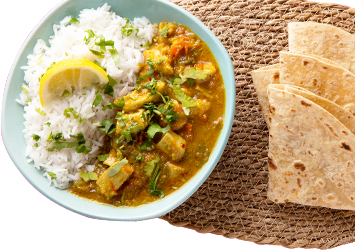

Sodium and Blood pressure
Sodium plays a vital role in maintaining blood pressure levels in the body. To ensure the body performs these functions properly, we need atleast 500 mg of sodium (which is approximately 1.2 gm salt) per day. A lot of sodium consumed is eliminated via urine and sweat.
Studies have found that the average Indian consumes 11 gm of salt per day, which is nearly 119% more than WHO’s recommendation of 5 gm per day. With 1 gram of salt containing approx 395 mg sodium, Indians are at high risk for developing high blood pressure, heart diseases, stroke, disability and death. So, it is important to limit your excess salt intake – even if you do not have any health conditions.
Sodium and kidney disease
The amount of salt you consume can affect your kidneys. Kidneys are responsible for filtering urine and eliminating water and excess salts, and other wastes. In people with compromised kidney function, like those having diabetes or hypertension, the kidneys find it difficult to keep up with the excess sodium.
Types of Salts
Besides the regular table salt, here are some other salt varieties that you may come across:
- Himalayan Rock salt (sendha namak): This salt is commonly consumed in the northern part of India during fasting and has large crystalline pieces. The crystals of this salt are off-white to white in colour.
- Black Salt (Kala namak): This is a dark, reddish-black crystalline salt that turns grey to pinkish colour when ground. It has a distinct sulfurous taste and colour. Commonly found in chat masala and pani puri masala.
- Kosher salt: This salt is less refined than table salt and has larger flakes that do not come together neatly. So, a pinch of this salt is coarser and not as dense as table salt. It is the most versatile salt and is excellent for seasoning before, during and after cooking a dish. Great for western recipes and meat, kosher salt is a great idea.
- Sea salt
- Halite
Another salt you may be drawn towards is a low sodium salt – the supermarket racks are filled with it. Low-sodium salt is formulated to provide 15% lower sodium than regular salt.
It is designed to help consumers keep a check on their blood pressure and weight (salt has the ability to retain water, which can increase an individual’s weight).
The sodium in some of the commonly available low-sodium salt brands is replaced by potassium. People with kidney and heart conditions should consult their doctor before buying and consuming low-sodium salt.
Which Type of Salt in India is Good for Health?
Wondering, “For Indian cooking, which salt is good?” Here’s what you must know!
While we cannot say, one salt is better than the other in terms of health or any other factors, as all of them have nearly the same amount of sodium content (unless mentioned as ‘low sodium’ on the package).
It is important to remember that one must consume salt within the permissible limits to lead a healthy life and prevent the development of diseases. Salts with large crystals may be better mainly because the amount of salt on a teaspoon is slightly lesser (due to their less dense structure) than table salt.
If you are hypertensive and are looking for ways to consume less salt or want to tread with caution and avoid salt wherever possible, here are some adjuncts you can use to season your food:
- Raw Mango
- Kokum (wash it thoroughly if it has been salted and dried)
- Tamarind (wash it before soaking it to remove any salt)
- Lime/lemon
- Amla
- Amchur (raw mango powder)raw mango dried without salt
- Pomegranate seeds
- Vinegar
FitterTake
When we speak about salt and health, we must remember one simple thing- Eat less salt! Believe it or not, most of us inadvertently add salt unnecessarily to it while cooking.
For example, adding salt while making rotis, and adding salt to rice when having simple dal chawal or salad should be avoided. At the same time, avoid frequent consumption of fried snacks, papads, pickles and processed foods as they are laden with salt.
Salt restriction is advised for people with high blood pressure and kidney and heart diseases. People with chronic kidney disease may have high potassium levels (which often occurs in people with type 2 diabetes (diabetes nephropathy)and hypertension (hypertension nephropathy). Consumption of low-sodium salt is not recommended in these individuals.
So, if salt is giving you sleepless nights, then #WorryNot – we are here to convert it into happy peaceful nights. How? You may ask. Because you are just at the right place – Fitterfly.
At Fitterfly, our expert team of nutritionists, physiotherapists and psychologists are focused on transforming your health through their expertise. This happens through personalized one-on-one sessions, tailor made diet & exercise plans and an in-depth analysis of your overall lifestyle, health and medical history.
Have a look at our Fitterfly’s programs like Fitterfly Weight Loss Program and Fitterfly Diabetes Care Program . They might just be the program you have been looking for!
Speak with us and see how we can make it possible for you.
India's top Diabetes nutritionists are here to help











